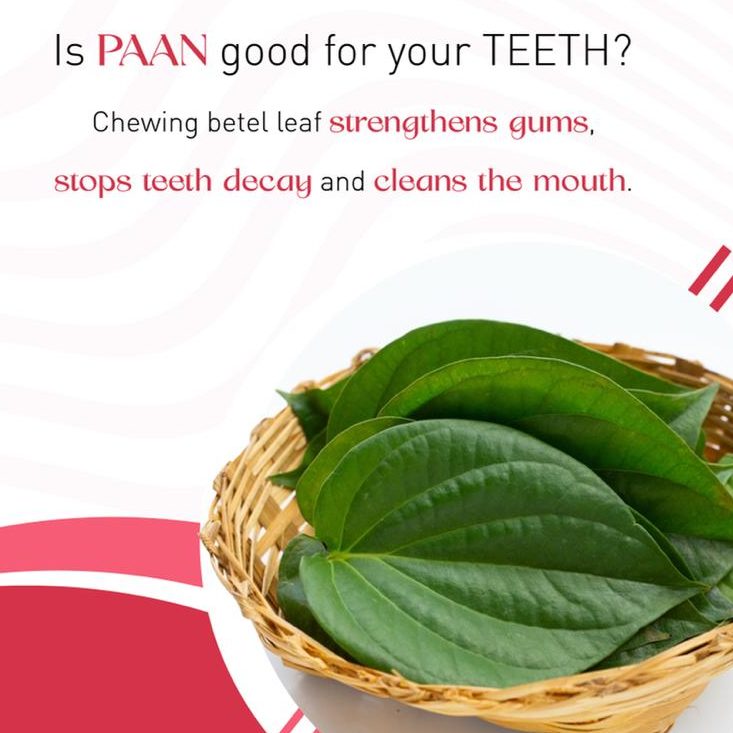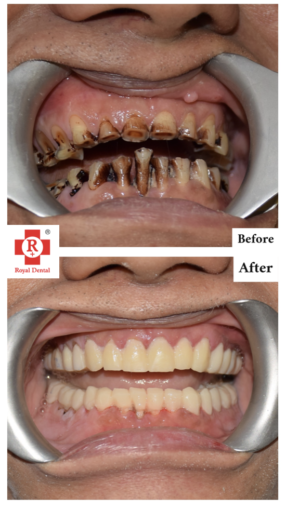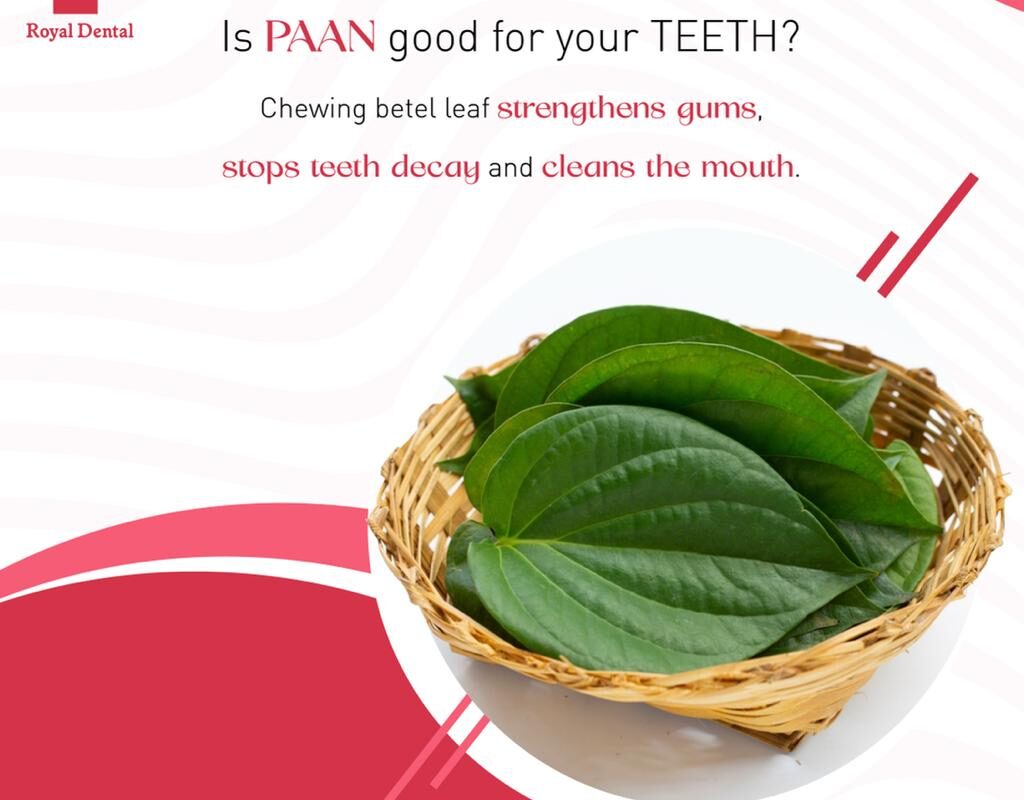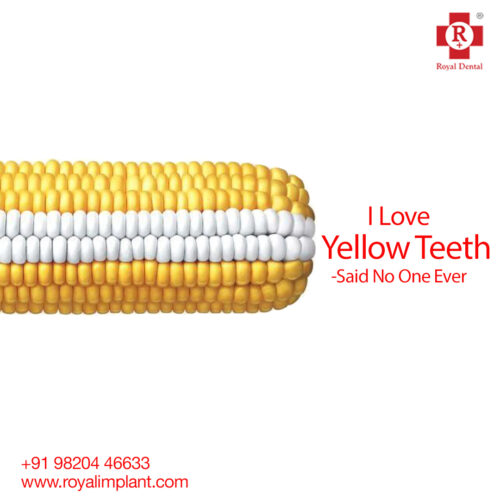In India, paan or betel leaf is not just a ritual before meals or an occasional indulgence; it is also a sign of respect and hospitality. The practice of offering paan to guests or new acquaintances as a gesture of welcome or trust, known as “akhad pan”, is prevalent mostly in the northern and eastern parts of the country. If you are someone who follows Indian culture, you might be aware that chewing on it after meals is good for your teeth. But do you know why? Well, here’s everything you need to know about this social custom and its impact on oral health.
The antibacterial effects of the essential oil in betel leaf is three times more effective than that of fluorides, because fluorides only serve to inhibit bacterial development and not to destroy them, whereas the essential oil in betel leaf has bactericidal properties and can therefore, maintain the health of the teeth.
What is Paan or betel leaf?
It is a traditional Indian chewing mix that is often served as a snack before meals. It is made with betel leaf (also known as “paanpala”), areca nut (also called “pan” or “mukku”), and spices like cardamom, cloves, and cumin. This is also a popular street food across India. Paan is a combination of betel leaf, areca nut, cardamom, cloves, cumin, and lime.

Other ingredients like tobacco or supari are also added to it but are not as common. Chewing it after meals is a traditional habit in Indian cultures – especially in the southern and northeastern parts of the country. With different textures and flavours, they are available in many varieties. Betel leaves are used as a stimulant, an antiseptic, and a breath-freshener, whereas areca nut was considered as aphrodisiac. Chewing habits of people have changed over time. The betel leaves are chewed together in a wrapped package along with areca nut and mineral slaked lime.
Does Paan Clean Your Teeth?
In simple words, yes! It is one of the most effective ways to clean your teeth. It stimulates your gums and helps them to grow stronger, which not only serves as a preventive measure against tooth decay and gum diseases but also prevents tooth loss due to gum recession.
By stimulating your gums, betel leaf helps remove plaque and bacteria that can cause bad breath. It also flushes out food particles stuck in between your teeth, thereby preventing tooth decay. The presence of areca nut and lime in it makes it an excellent source of calcium and fluorine, both of which are essential for healthy teeth.
Benefits for Oral Health
- Stronger Gums: Paan is an excellent way to strengthen your gums and prevent tooth loss due to gum recession.
- Better Oral Hygiene: Chewing on paan after meals flushes out food particles and collects plaque, thereby enhancing oral hygiene.
- Better Breath: Paan is one of the most effective ways to get rid of bad breath.
- Better Teeth Health: Paan is an excellent source of calcium and fluorine, which are essential for healthy teeth.
- Stronger Teeth: Chewing on paan helps prevent tooth decay, which can weaken even the strongest teeth.
Contrary to popular opinion, paan can actually help maintain oral hygiene and not worsen it. This is because betel leaves contain antibacterial properties which can help counter bad oral hygiene. It may have anti-cancer, antioxidant, anti-allergic, antifungal, anti-diabetic, antimicrobial and anticancer properties.
Drawbacks of Paan for Oral Health
While chewing onit has many advantages when it comes to oral health, it also has a few disadvantages. The following are some of the cons of paan for oral health:
- Increased Risk of Dental Caries: Chewing on paan can increase the risk of dental caries.
- Increased Risk of Gum Diseases: Paan chewing can also increase the risk of oral diseases like periodontitis and tooth decay.
- Increased Calcium Intake: Paan has calcium, which is important for teeth health, but excessive intake of calcium can lead to kidney stones.

- Poor Storage: Since paan is made of fresh ingredients, it may lose its nutritional value if not stored and consumed properly.
- Is chewing paan harmful?
- Chewing smokeless tobacco, such as paan or gutkha, is popular with many people from south Asian communities, but all forms of tobacco can harm your health. Research has shown that using smokeless tobacco raises the risk of mouth cancer and oesophageal (food pipe) cancer.
How to protect yourself from the drawbacks
With growing awareness of the advantages of paan and its disadvantages, many people may think that they should completely avoid chewing on it to protect their oral health. But this is not true, as chewing on it is one of the most effective ways to clean your teeth and protect your gums. The key is to chew on a small portion, with a soft texture, and not to exceed the recommended daily intake.
If you are someone who chews on paan frequently, make sure you visit your dentist for an oral health assessment at least once in two years. Your dentist can help you understand your oral health risk, particularly if you chew on paan frequently or consume it regularly.
Conclusion
In summary, paan is a traditional Indian chewing mix that is made from betel leaf, areca nut, and spices. It is an excellent way to clean your teeth and maintain oral health. Although there are many benefits to chewing on paan, it also has a few disadvantages. The best way to protect yourself from the negatives of paan is to chew on a small portion and visit the dentist regularly for an oral health assessment.






